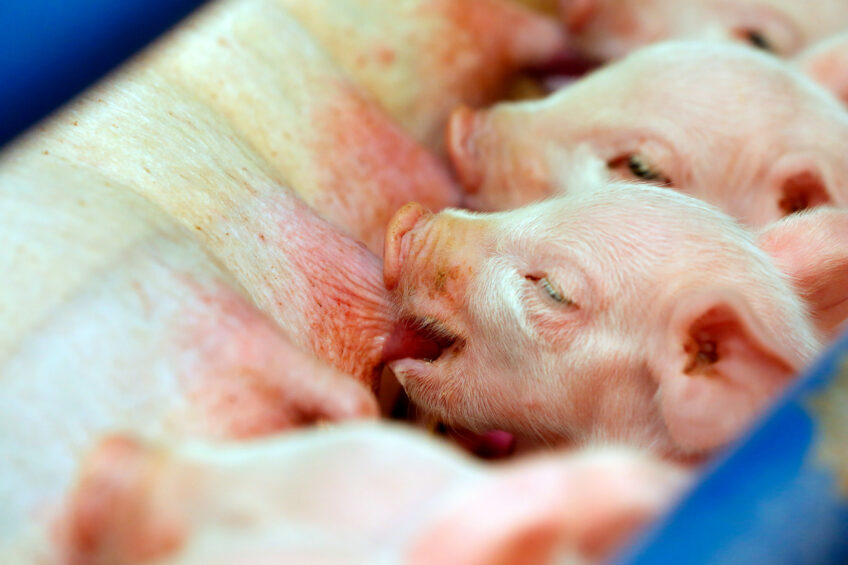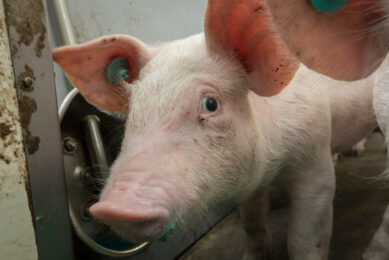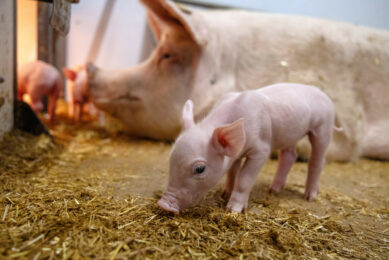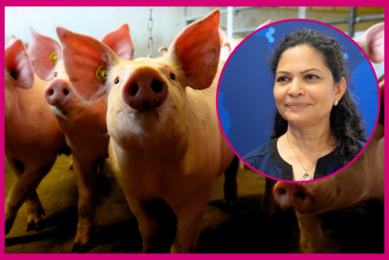Larger foetal mass increases energy and protein accumulation

A team of German and Egyptian researchers evaluated whether the energy and nutrient supply for sows during late gestation only leads to a higher foetal mass or also to piglets with a different body composition. They published their findings in Animals.
The demand to improve the efficiency of the swine production systems has resulted in larger litter sizes and variation in birth weight, and an increase in the percentage of piglets with lower birth weight, mobility, and viability. Implementing nutritional practices during gestation, transitional and peripartum periods to improve neonatal survival rate is not quite cost-effective.
About the study
The researchers used 25 newborn piglets for this trial. They divided them into 4 groups based on their bodyweight at birth:
- less than 0.8 kg;
- 0.8–1.2 kg;
- 1.2–1.6 kg (common birth weight);
- more than 1.6 kg.
The selected piglets were either stillborn or died within the first 24 hours due to weakness or being crushed. They collected samples from placentas and piglets and recorded the total weight of all newborns and placentas. In addition, they determined the chemical body composition of piglets, and nutrient, energy, and mineral contents of piglets and placentas.
The link between birthweight and chemical body composition
Piglets born with a bodyweight less than 0.8 kg had higher crude ash (24.1%) and crude protein (8.21%) contents compared to heavier piglets. In contrast, piglets born with a bodyweight less than 0.8 kg had lower crude fat (16.1%), carbohydrate (57.4%), and gross energy contents (3.60%) compared to heavier piglets, indicating their impaired chances of survival.
Nutrient and mineral contents of piglets
There was no relationship between birthweight and the nutrient contents of stillborn or liveborn piglets. However, piglets born with a bodyweight less than 0.8 kg had the highest content of minerals and trace elements including zinc compared to heavier piglets.
Nutrient and energy contents of placenta
The placental composition in comparison to the piglet body composition was characterised by higher crude protein contents (24.3%) and lower crude ash (31.6%), crude fat (9.08%), and carbohydrate (55.6%) contents.
Conclusion
The authors concluded that energy and protein accretion in the foetal mass and placental mass increased by about 75% because of the larger foetal weight, and not due to different body composition. On the other hand, due to the increase in energy and protein accretion, the energy and nutrient supply for high yielding sows at the end of the gestation must be significantly increased.











